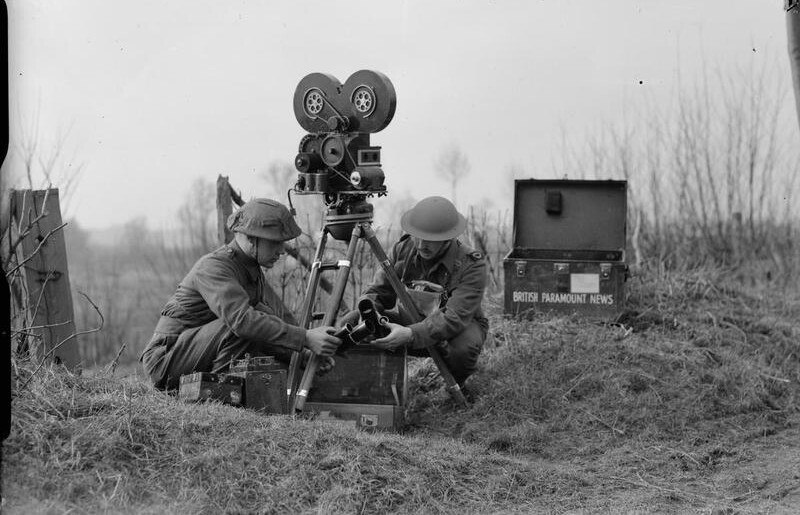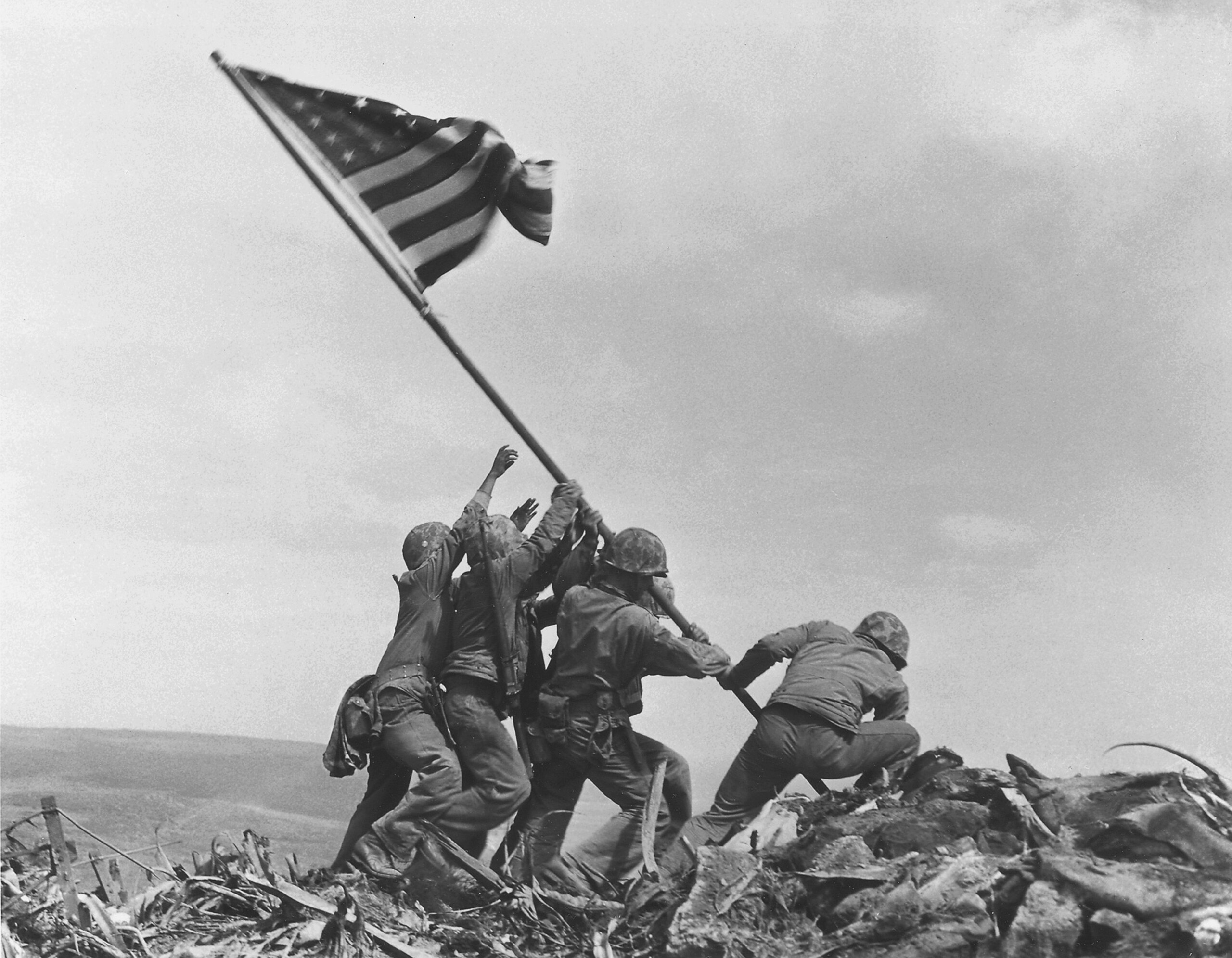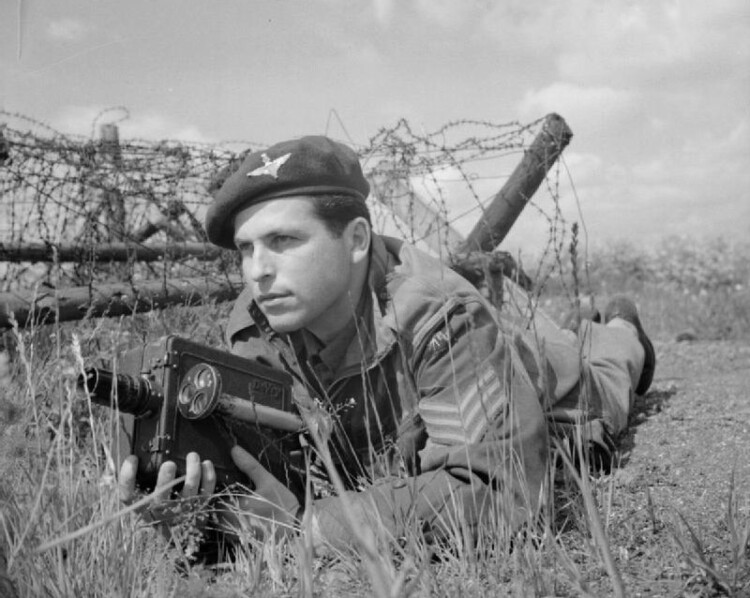War photography. The term itself evokes a montage of poignant images. But what is it?
On the surface, it seems straightforward – photographers capturing warfare’s raw and brutal realities. Yet, it’s so much more than that. It’s a captivating intersection of art, history, and journalism that’s as complex as it is impactful.

The pictures we often associate with war – think of the Napalm girl from Vietnam or the raising of the flag on Iwo Jima – are more than just photos. These are poignant snapshots of humanity at its most vulnerable and resilient. They evoke strong emotions, spark dialogues, and challenge our perspectives.
The people behind these photos – the war photographers – are a breed apart. They venture into conflict zones, risking their lives to bring us unfiltered images of reality on the ground. They’re not just photographers; they’re historians, messengers, and often, peace advocates.
Maybe you’re a photographer, a history buff, or just someone intrigued by the power of visual storytelling. There’s much to discover here.
The Birth of War Photography
Imagine when photographs didn’t exist, when war was a far-off concept for those outside the battlefield. Then, along came the camera, and everything changed.
The first instance of war photography can be traced back to the Mexican-American War in 1846. However, the Crimean War of the 1850s and the American Civil War in the 1860s truly put war photography on the map.
Pioneers like Roger Fenton and Mathew Brady captured images of war that were as haunting as they were groundbreaking. Fenton, who shot photos during the Crimean War, was the first to depict the desolation of war landscapes.
On the other side of the Atlantic, Brady’s stark portraits from the American Civil War brought the human toll of conflict to the forefront. These early war photographers set the stage for a new way of documenting and understanding war.
Unforgettable Images and Their Impact
Fast forward to the 20th century, a time marked by two World Wars, several regional conflicts, and the onset of the Cold War. During this period came the most iconic war photographs.
Consider Joe Rosenthal’s ‘Raising the Flag on Iwo Jima’ or Nick Ut’s ‘Napalm Girl.’ These images moved beyond the newspapers and magazines of their day; they etched themselves into our collective consciousness.

They were stark reminders of the horrors of war, putting a human face to the cold statistics of casualties and forcing the world to confront the consequences of conflict.
The Courageous Photographers Behind the Lens
Being a war photographer is far from a walk in the park. It requires courage, resilience, and a strong sense of duty.
Photographers such as Robert Capa, who covered five wars, and Catherine Leroy, one of the few women war photographers during the Vietnam War, put their lives on the line to bring the realities of war to the public eye.
Their images have not just documented history, but they have also served to hold powers accountable, stimulate change, and promote empathy and understanding.
Navigating Ethical Landscapes
Let’s first discuss one of the most significant dilemmas in war photography – how much is too much to show?
War, by its very nature, is a brutal, devastating event. The images that come out of conflict zones are often graphic, filled with the raw realities of human suffering.
On the one hand, these pictures can be crucial for driving home the harsh truths about war, sparking conversations, and inciting action. Think about the powerful image of Alan Kurdi, the Syrian toddler who washed up on a Turkish beach in 2015.
That photo sparked a global outcry about the refugee crisis and highlighted the human cost of the Syrian Civil War. It was tragic, unsettling, but it also made people sit up and pay attention.
On the other hand, there’s a fine line between portraying reality and exploiting someone’s suffering. Respect for human dignity must always be at the forefront. It’s a tightrope walk, trying to stir public consciousness without crossing the boundary into sensationalism or voyeurism.
The Evolution of War Photography in the Digital Age
Today, you don’t necessarily need to be a professional photographer, donned in a flak jacket, carrying a high-end camera, and darting around in a war zone to capture images of conflict.
All you need is a smartphone and a social media account, and you’re good to go. Welcome to the era of citizen journalism.
Ordinary people – be they residents of a conflict-ridden region or bystanders caught in the crossfire – are snapping photos of their experiences and sharing them on social media.
Just think about the Arab Spring of 2011. The world watched events unfold mainly through the lens of ordinary citizens using their smartphones. It gave us an immediate, intimate perspective of the conflicts, something we might not have gotten from traditional media alone.
But let’s not forget the blurring lines between professional and citizen journalism. While the rise of citizen journalism has undoubtedly broadened our perspective, it’s important to remember that professional journalists and photographers know how to navigate ethical issues, verify information, and provide balanced reporting.
They are crucial in maintaining journalistic standards and integrity in war photography.
Final Frame: The Journey of War Photography
As we’ve seen, war photography is more than just capturing images of conflict. It’s a profound act of storytelling, a bridge that connects us with distant realities, stirs our emotions, and challenges our perceptions.
The brave men and women behind the lens serve as our eyes in places we’d rather not see but must not ignore.
As technology evolves, so too will the face of war photography. The rising tide of citizen journalism and the digital dissemination of images will continue to reshape this landscape.
Amid these changes, our responsibility as consumers of these images also grows. We must stay informed, question authenticity, and respect the narrative and nuance behind each photograph.










COMMENTS
You must become a subscriber or login to view or post comments on this article.